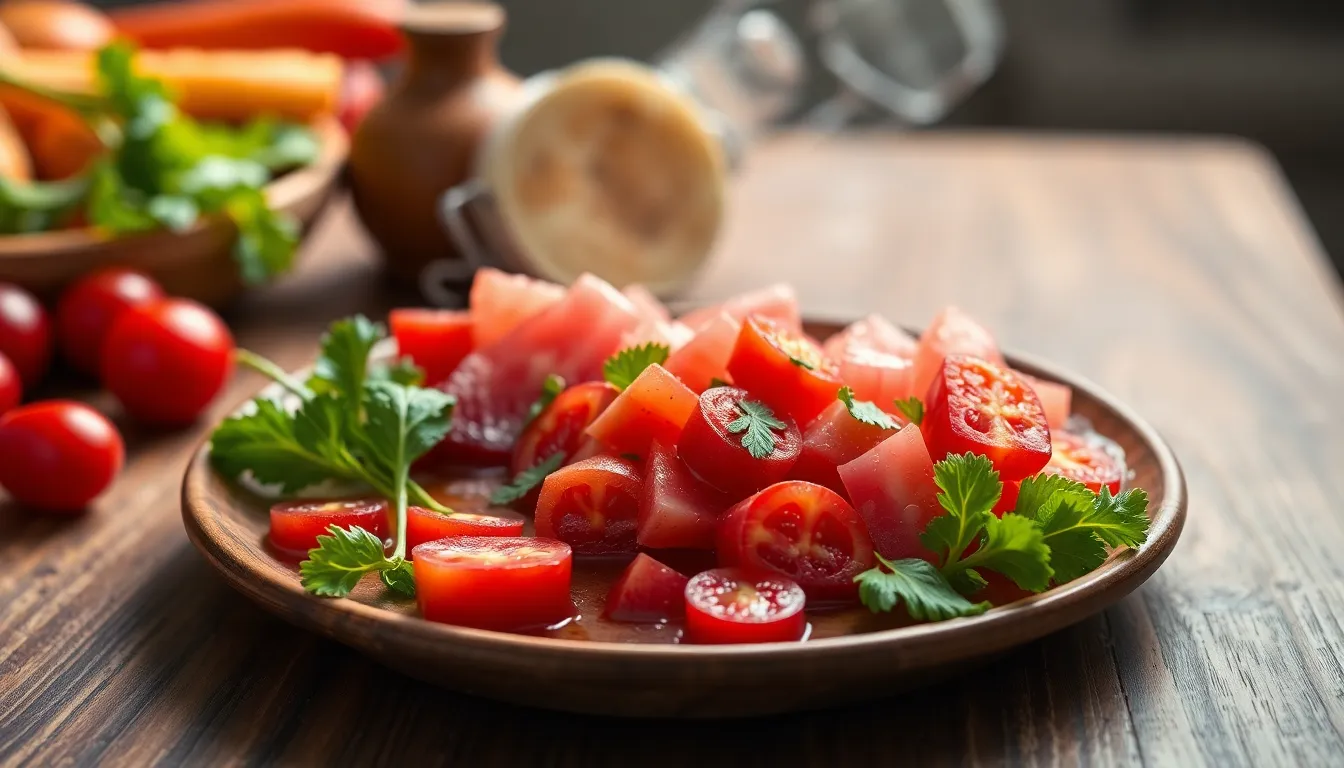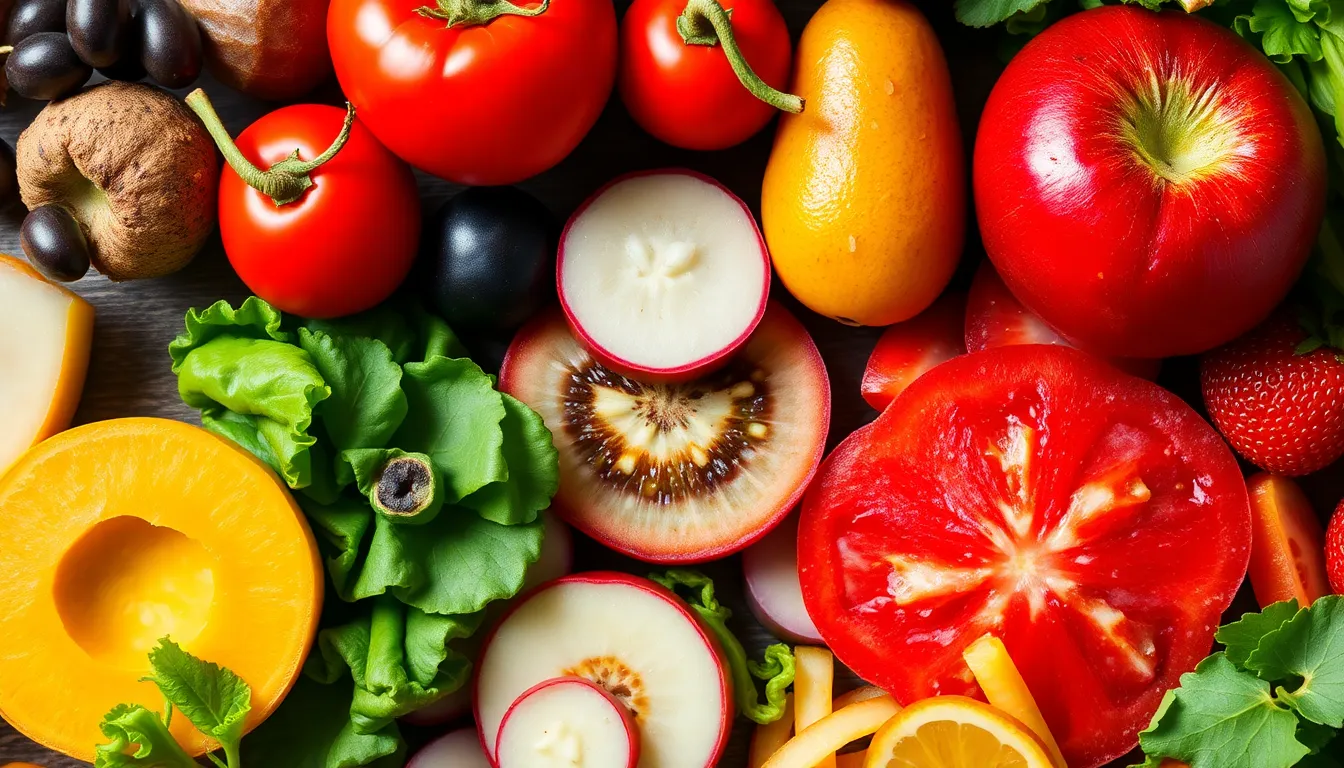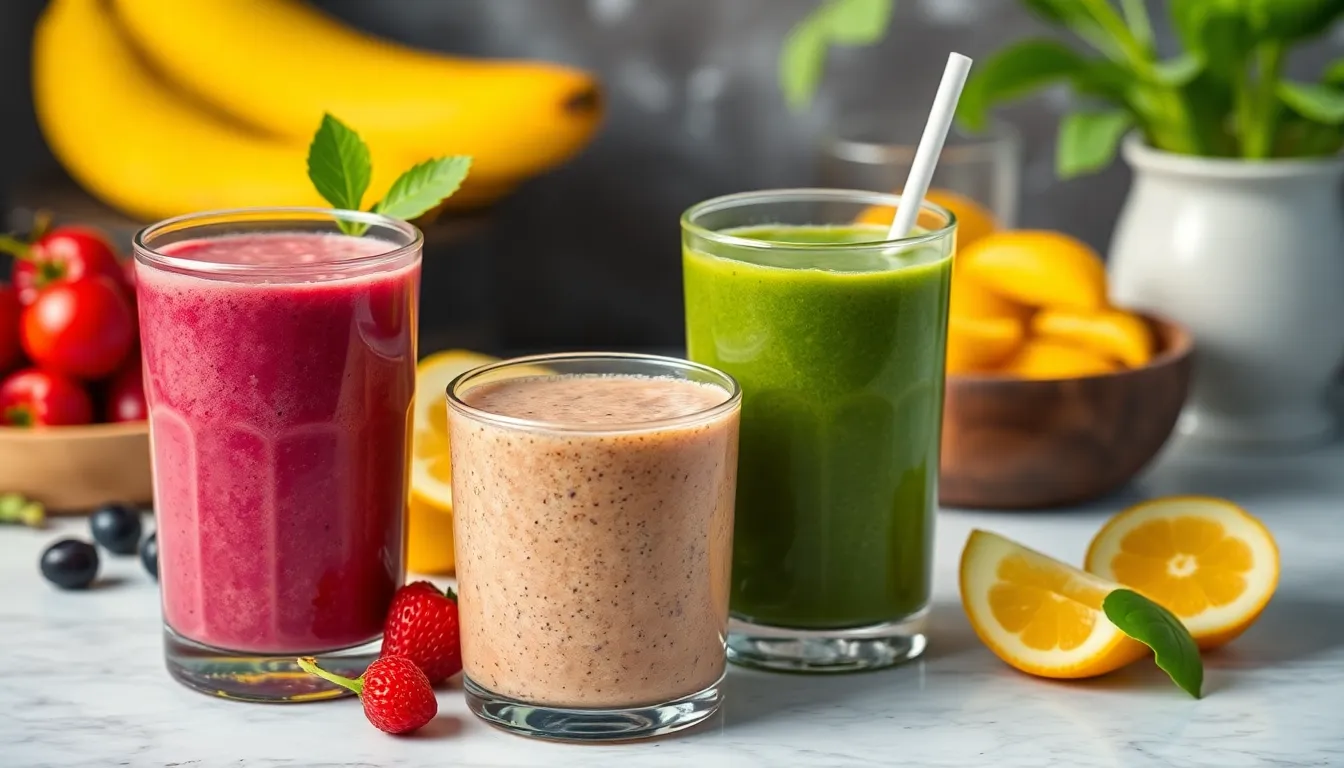Raw Food Revolution: How to Transition Without Feeling Deprived
Introduction: Embracing the Raw Food Movement
The raw food diet, centered around the consumption of unprocessed and uncooked foods, has garnered attention for its health benefits and alignment with holistic lifestyles. With a growing awareness of the connection between diet and health, more individuals are embracing this vibrant culinary approach. Did you know that according to a survey conducted by the International Raw Food Association, approximately 3.5 million Americans identify as raw foodists? This statistic illustrates a significant trend towards a lifestyle that champions fresh, nutrient-dense foods.
This article aims to be your comprehensive guide in navigating the transition to a raw food lifestyle. Leaving behind cooked meals can be daunting, but it doesn’t have to feel like deprivation. Instead, let’s explore how to savor every bite of this wholesome journey!
Section 1: The Philosophy Behind Raw Foods
The Concept of Raw: What Does It Really Mean?
At its core, the raw food diet embraces the philosophy that food is most nourishing when it is unprocessed and uncooked. This means choosing foods that have not been subjected to heat above 118°F (48°C), preserving their enzymes and nutrients.
Some foundational principles of raw food include:
- Emphasis on whole, organic, plant-based foods
- Avoidance of refined sugars, dairy, and animal products
- Using fresh fruits, vegetables, nuts, seeds, and sprouted grains
The nutritional benefits of eating raw are profound, as this diet is rich in vitamins, minerals, and antioxidants, promoting overall well-being.
Myth-Busting: Common Misconceptions About Raw Food Diets
Transitioning to a raw food lifestyle comes with its share of misconceptions. Here are some common myths debunked:
- Raw foods are boring: With the right recipes, raw foods can be incredibly diverse and flavorful.
- It’s too expensive: While some raw foods can be pricey, focusing on seasonal and local produce can help reduce costs.
- It requires too much time: Simple prep methods like blending, soaking, and chopping can be quick and easy.
Section 2: Preparing for the Shift: Mindset Matters
From Cooked to Crave: Preparing Your Mind for Change
Transforming your diet isn’t just about changing what’s on your plate; it’s about reshaping your mindset. A positive outlook and realistic expectations can pave the way for a smoother transition.
Here are some tips to prepare your mind:
- Set achievable goals: Start with one raw meal a day and gradually increase.
- Educate yourself: Understanding the benefits and the why behind the diet can strengthen your resolve.
- Visualize success: Imagine how good you’ll feel once you embrace a raw lifestyle.
The Benefits of Mindful Eating: Understanding Your Cravings
Mindful eating is a powerful practice that enhances your relationship with food. By becoming more aware of your body’s signals, you can make conscious decisions that align with your raw food goals.
Here are some techniques to help you connect with your cravings:
- Eat without distractions, focusing solely on the food.
- Take time to savor each bite and assess how it makes you feel.
- Keep a food journal to track your feelings and cravings.
Section 3: Setting Up Your Kitchen for Raw Success
Essential Tools: Equip Yourself for Raw Food Prep
Having the right kitchen tools can make all the difference in your raw food journey. Here are some must-have gadgets:
- High-speed blender: Perfect for smoothies, soups, and sauces.
- Food processor: Essential for creating dips, dressings, and raw desserts.
- Spiralizer: Great for turning vegetables into noodles.
- Dehydrator: Useful for making raw snacks and preserving food.
- Mandoline slicer: For uniform cuts of fruits and vegetables.
Pantry Essentials: Stocking Up on Raw Ingredients
Having a well-stocked pantry is crucial for creating delicious raw meals. Here’s a curated list of raw staples to have on hand:
| Ingredient | Benefits | Uses |
|---|---|---|
| Nuts & Seeds | High in protein and healthy fats | Snacks, toppings, and bases for meals |
| Fruits & Vegetables | Rich in vitamins and minerals | Salads, smoothies, and desserts |
| Sprouted Grains | Easy to digest and nutrient-dense | Salads, wraps, and bowls |
| Coconut Products | Rich in healthy fats and medium-chain triglycerides | Smoothies, desserts, and sauces |
| Herbs & Spices | Enhance flavor and offer health benefits | Seasoning for meals and dressings |




